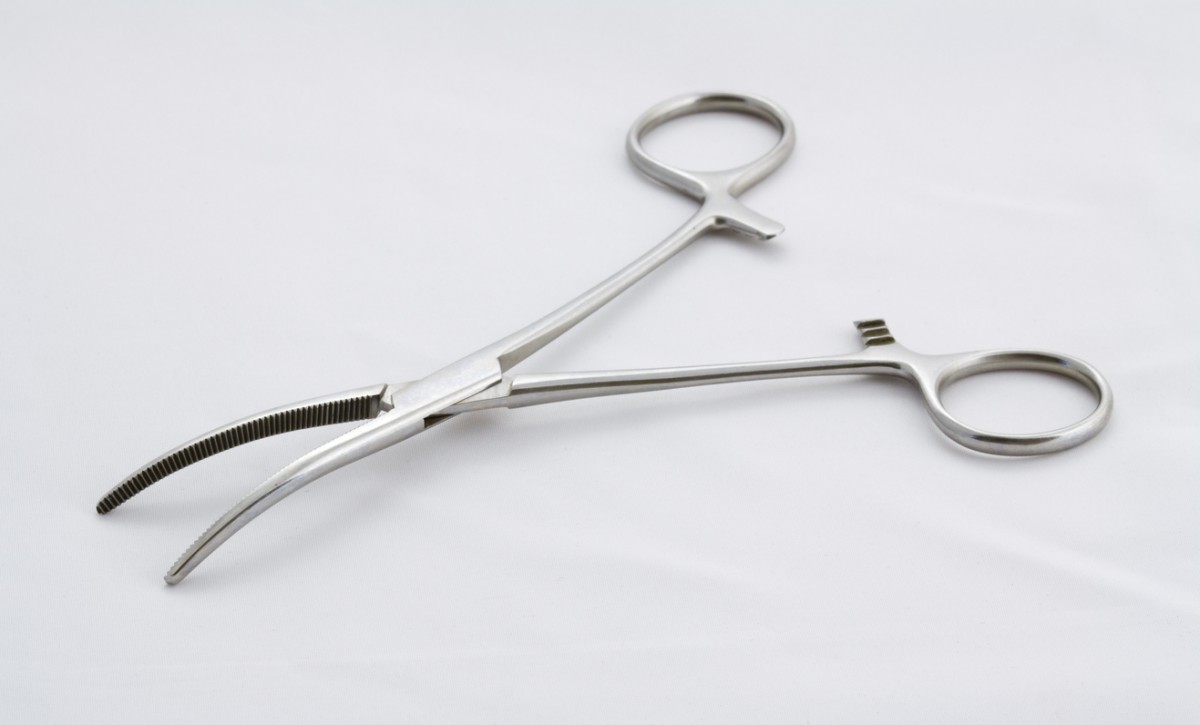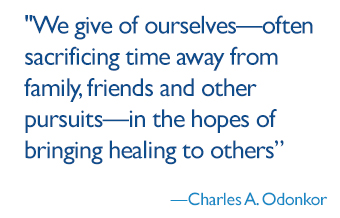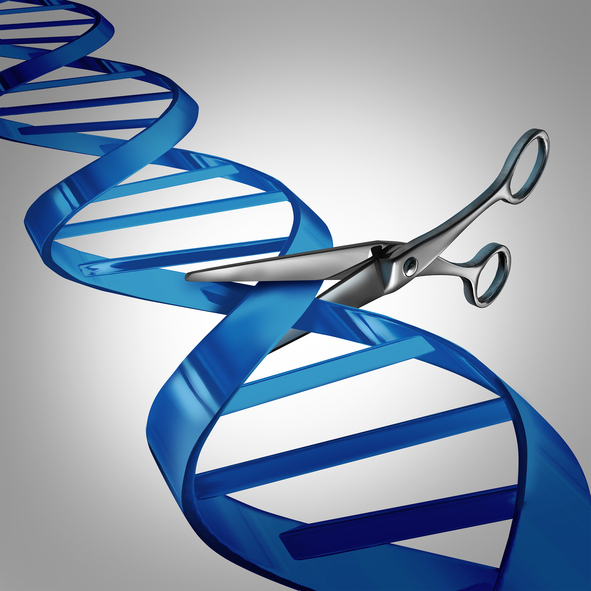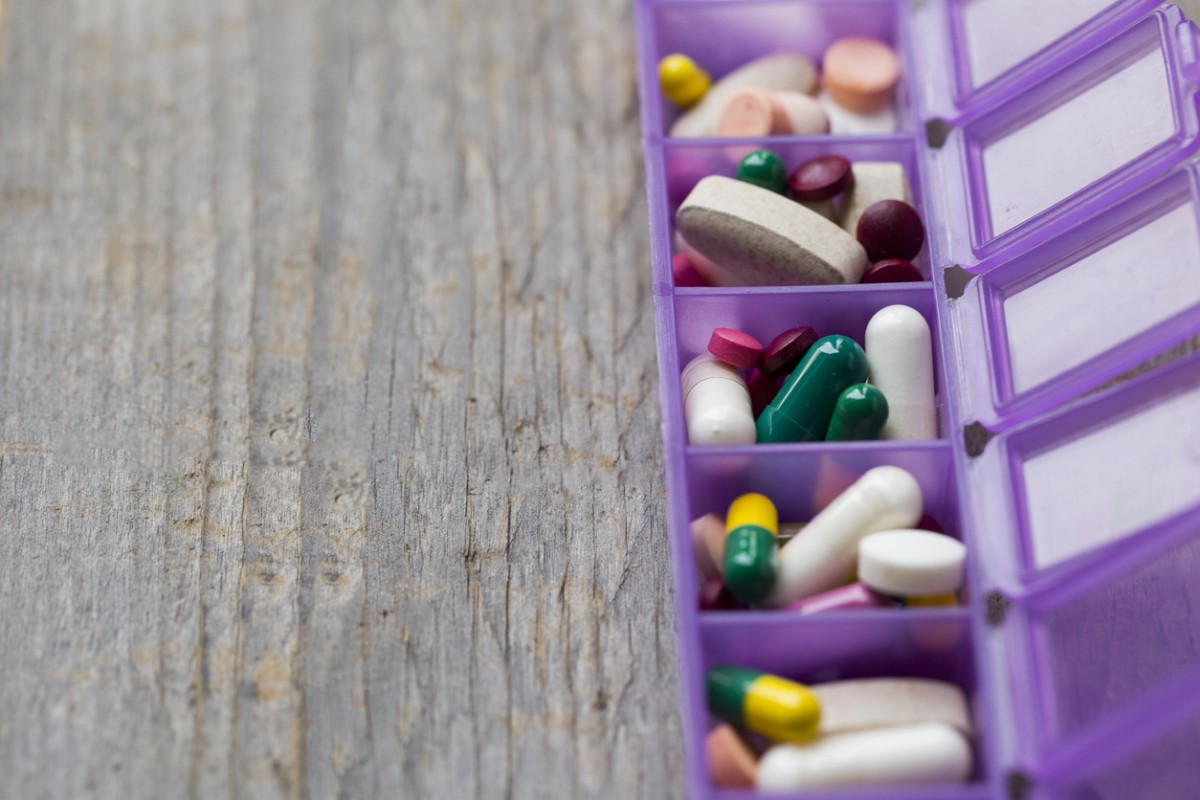New Frontiers in Major Depressive Disorder Treatment
Major depressive disorder (MDD) afflicts more than 250 million people worldwide and is the most common source of disability for Americans. In addition to counseling… Read More »New Frontiers in Major Depressive Disorder Treatment









